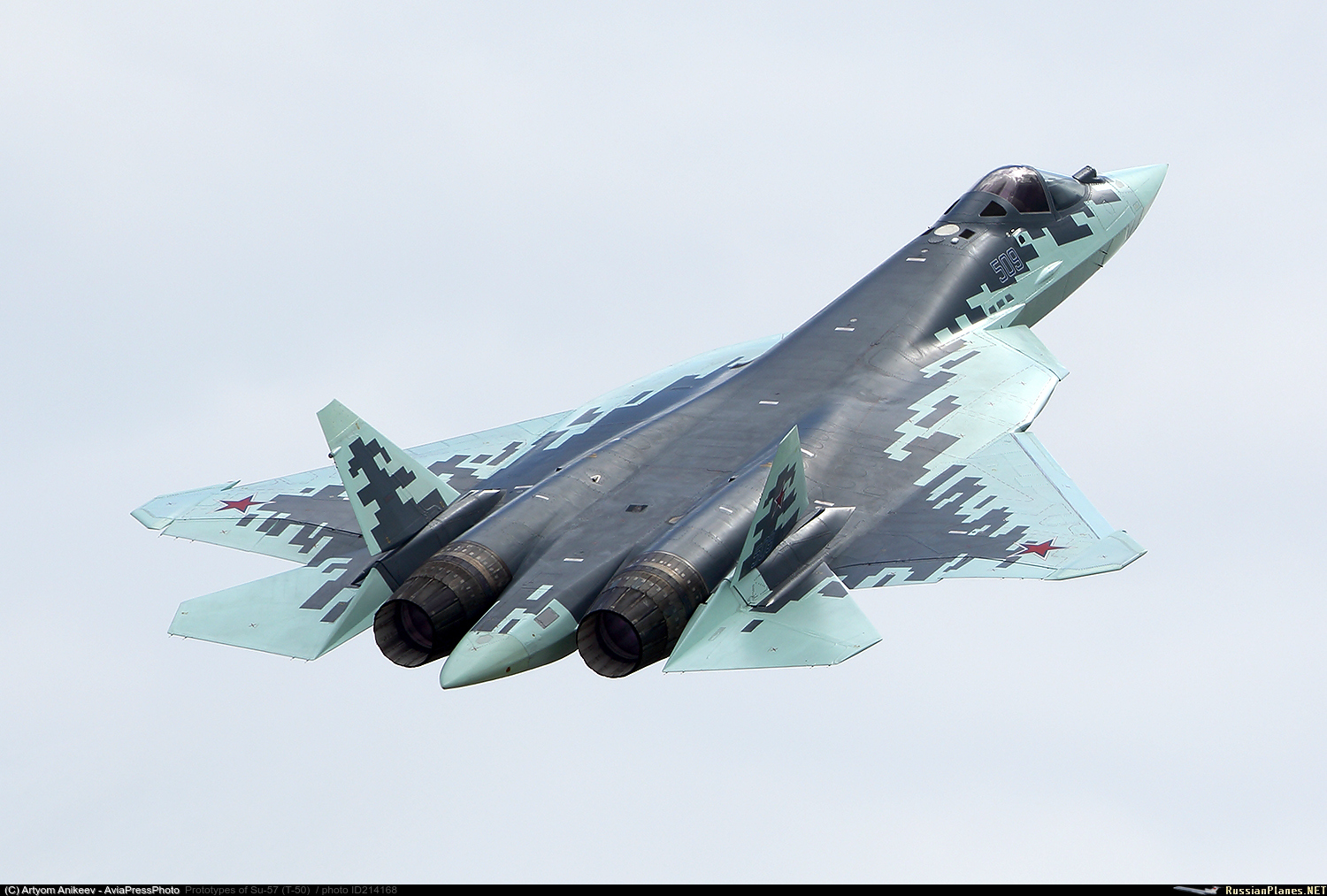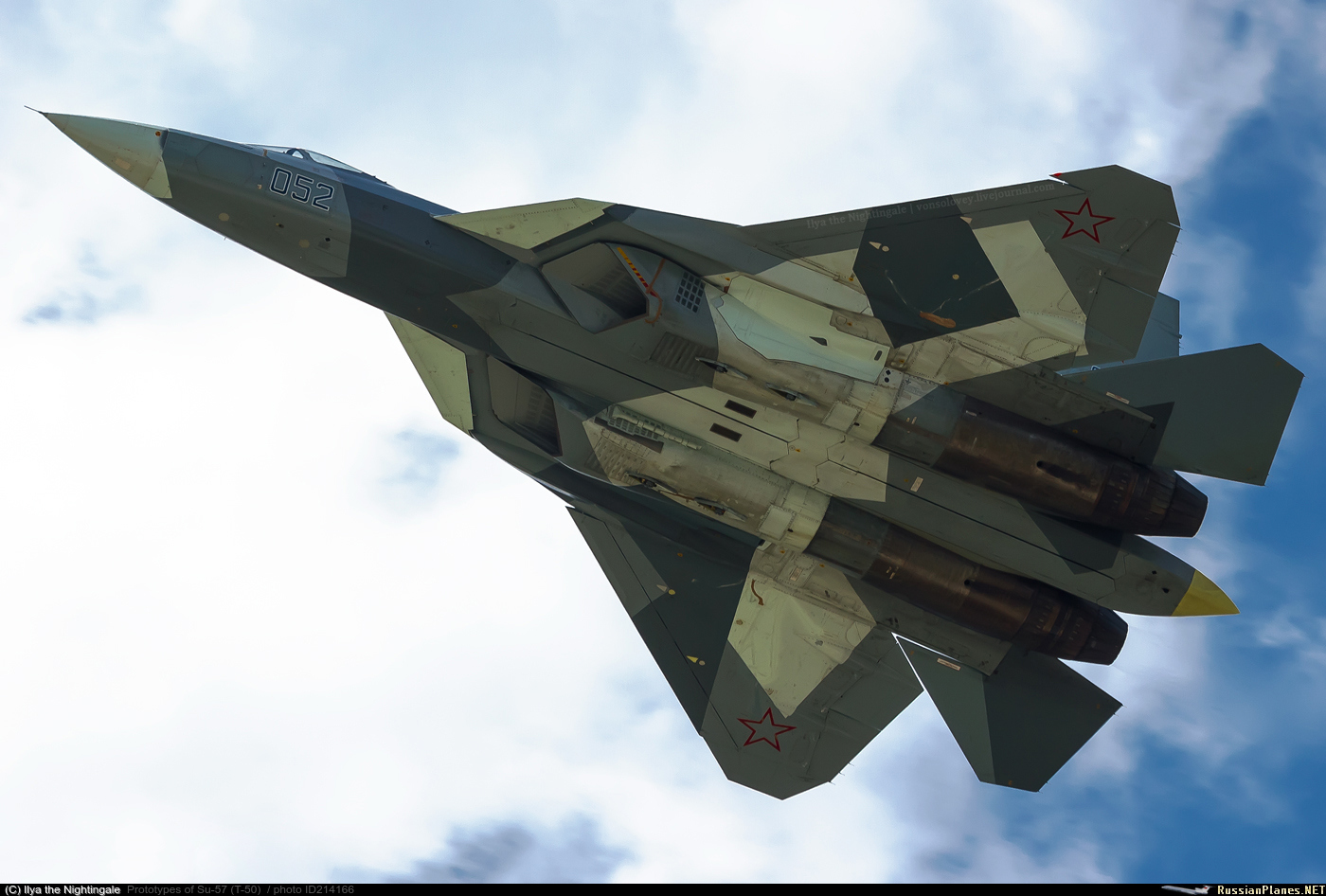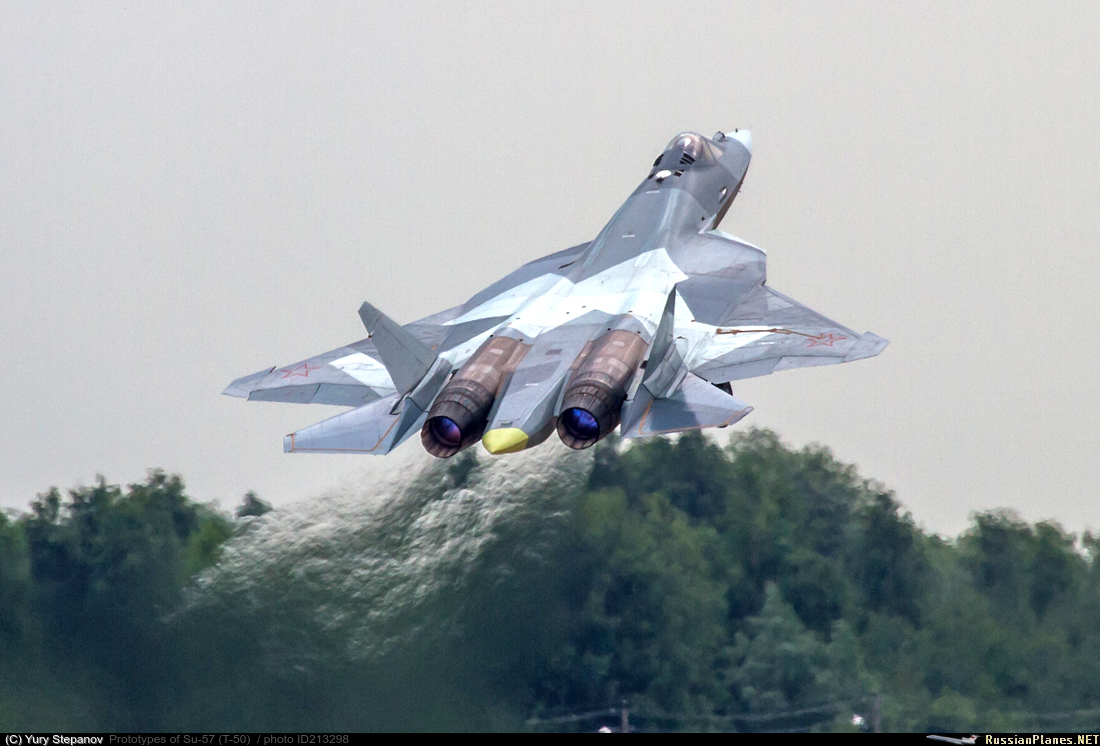Carbon Ghosts': How Coal Plastic Will Help Russian Planes to Dodge Enemy Radar
© Sputnik/ Alexey Filippov
13:37 29.07.2017(updated 18:44 29.07.2017)Get short URL
4504620
Composite materials are all the rage today with Russia’s fifth-generation T-50 fighters and, Ka-52 and Ka-62 helicopters making extensive use of polymeric carbon plastics and other high-strength materials, rendering them virtually invisible to enemy radar. Sputnik looked at the way composites can help planes fly better and dodge enemy radar.
© SPUTNIK/ VALERIY MELNIKOV
The use of carbon-plastic composites, which are lighter than duralumin, titanal and other alloys used in aviation construction, enabled Russian engineers to make the
just as undetectable by radar as the US F-22 Raptor stealth fighter.
With 70 percent of the T-50’s airframe consisting of composite materials, its developers say that the effective area of the plane’s reflecting surface is just 0.5 square meters. For comparison, in the heavy "metal" SU-30MKI fighter this indicator is 40 times higher and is equal to 20 square meters.
Figuratively speaking, the T-50 is seen on a radar screen as a tiny 50 cm x 100 cm “spot.”
The T-50’s designer, Alexander Davidenko, told Zvezda TV that due to the use of composites the aircraft has four times fewer parts compared to the Su-27, weighs less and is easier to mass produce.
Composite and radio-absorbing materials will also find extensive use in Russia’s new
strategic bomber. Designed as a “flying wing,” just like the US B2 Spirit strategic bomber, the PAK DA will be much less visible to radar than its American counterpart.
/
/
Ka-62
Meanwhile, the aircraft factory in Ulan-Ude in eastern Russia has completed flight tests of the new regional TVS-2-DTS plane, almost entirely built from composite materials.
The use of composite materials dramatically reduces a plane’s visibility, as electromagnetic signals are not reflected from carbon fiber surfaces and passing through them or getting absorbed.
As a result all a radar operator sees on his screen is blank space.
The reduction in visibility is also ensured by the irregular geometrical shape of the plane’s surface, which is simpler to “mold” from carbon plastic than from metal.




